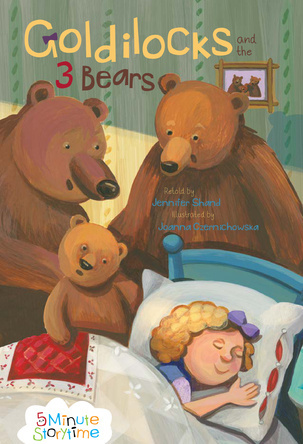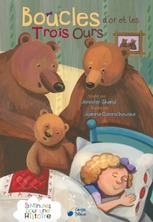Goldilocks and the Three Bears: the characters of the tale
Goldilocks
Goldilocks has not always been a little girl with blonde hair. In older versions of the tale, she is a dishonest old woman, a vixen, or a fox named Scrapefoot, fueling the cycle of bear/fox stories in which the fox fools mischievously the other characters.
In 1918, Goldilocks' final name was adopted in the stories.
The Bears
It was not until the early 20th century that the bears formed a family with Papa Bear, Mama Bear and Baby Bear. In earlier versions of Goldilocks and the Three Bears, they are differentiated by their size only: big bear, medium bear, and little bear.

























